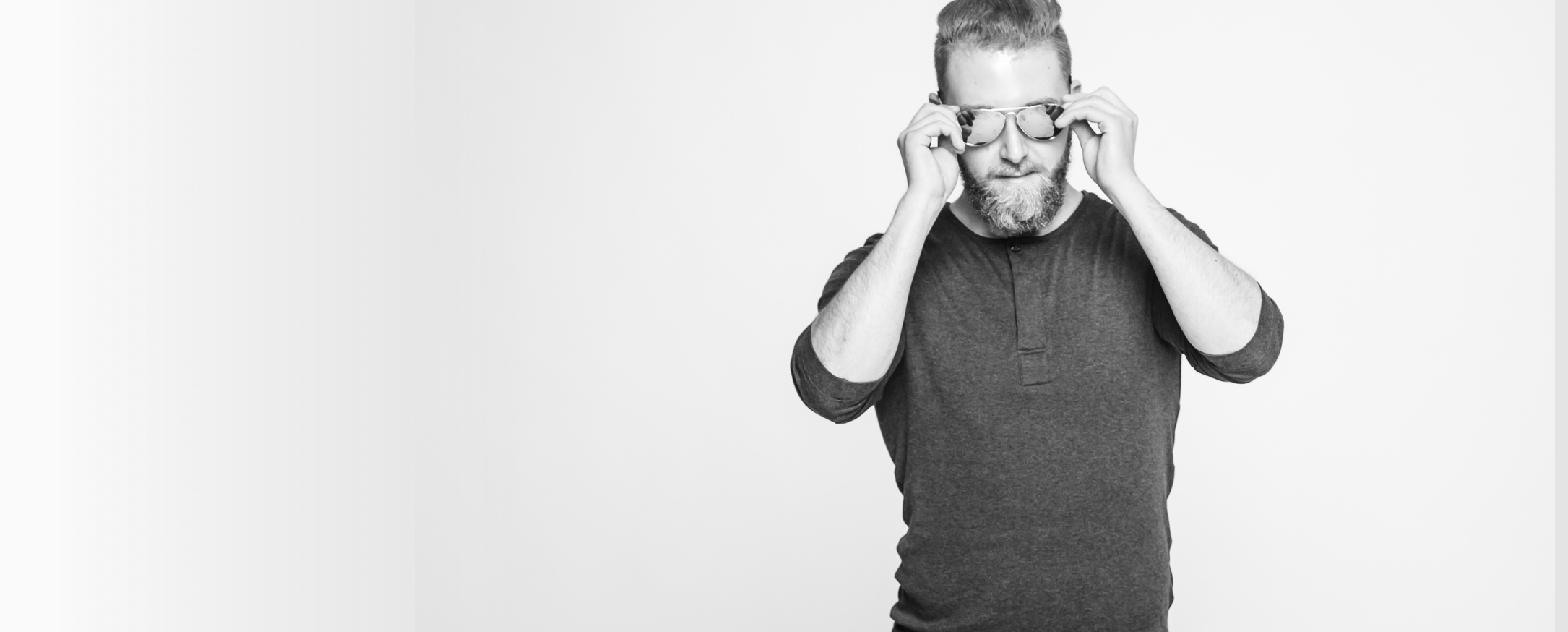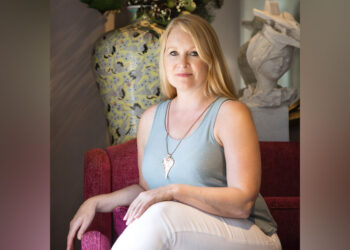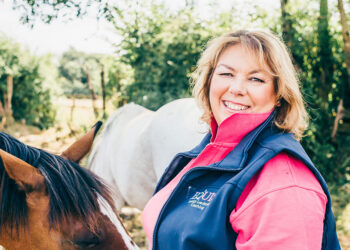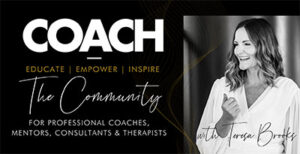The FEAR Method – Chris Bailey
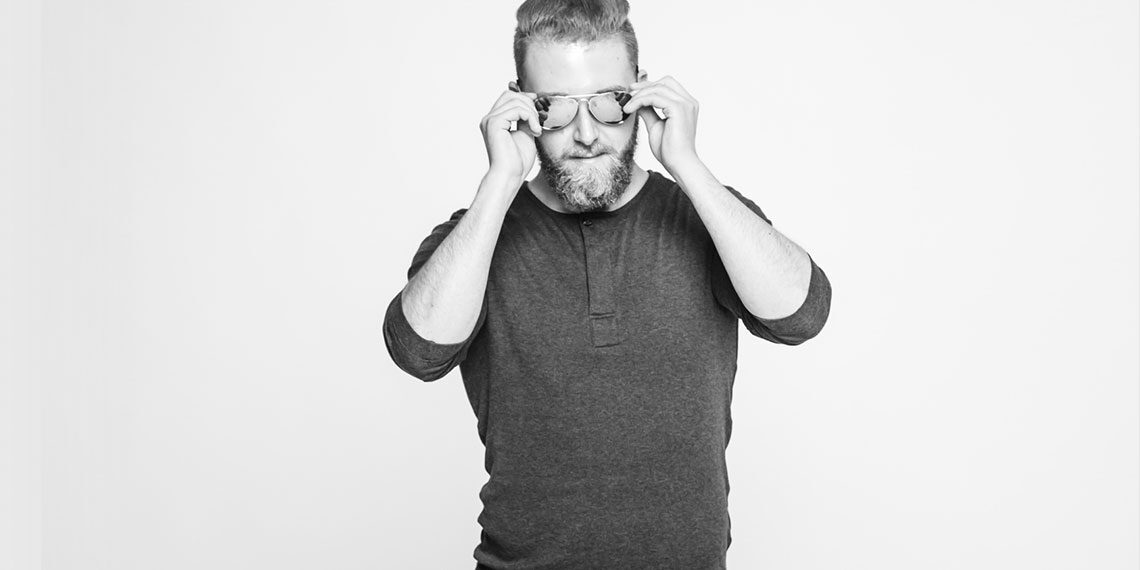
Christopher Bailey is a Personal Freedom Coach and Psychologist and specialises in Positive Intervention Strategies. His expertise includes mastering personal leadership, high-performance, emotional freedom, and lifestyle design. His background is in psychology, social skills, and NLP and he works with a variety of clients including company directors, first responders, TV personalities, and performers. simplemindology.com
The Approach
I believe that all long-term transformation comes from the individual rather than the Coach. Everyone likes an easy approach and clients often come with the expectation that I’m the one possessing the ‘magical elixir’ and all responsibility is placed on me.
I do have the ‘elixir’ they are seeking but that is in helping them to access it within themselves. When this happens, the results they can provide often seem magical, but only when they choose to take responsibility.
The secret is in allowing the client to take responsibility for their own wellbeing, and in so doing they discover they are the powerful ones and are capable of things they once thought impossible and this is why I developed ‘The F.E.A.R² Method’.
Mindfulness
This method incorporates a variety of highly effective modalities and psychological research into an easily accessible tool. The core of this approach is a Mindfulness focus and incorporates body scanning, nonjudgemental observation, acceptance, and relaxation to develop and deepen emotional intelligence.
Reconnection with the body develops emotional and social clarity while increasing action-potential and updating schemas. This expands a person’s comfort zones and stress threshold so they can continue to explore the unknown, thus discovering more of their true potential.
The beauty of Mindfulness is that it also helps to create long-term neurological change. Many people have insecure attachment styles that result in the ineffective development of emotional intelligence.
This means a process of masking or dissociation occurs to alleviate the stressors experienced by the individual, ultimately preventing learning and growth. This can manifest as anxiety or depression.
Our comfort zones can then become fixed because we do not yet have an effective strategy for adapting to new and more demanding environments. As such, you can consider a person’s growth halted from the date they adopted their ineffective strategy, which often goes back to childhood.
As ‘The F.E.A.R² Method’ is also about developing personal responsibility we, as coaches or therapists, help people learn to use effective tools and strategies that they can easily apply in their daily lives.
Naturally, this allows the client to willingly step into their responsibility and reclaim their personal sovereignty. This creates a shift from hunted to hunter and victim mentality can be eradicated, meaning the client can become the creative force in the environment rather than the reactive one.
How to use ‘THE F.E.A.R² METHOD’
Step 1: Give the client the list of benefits
•Turn fear into something you embrace and are excited for
•Increase your stress threshold
•Expand your comfort zones
•Develop an ‘edge’ in your personality
•Develop true authenticity
•Develop true inner confidence
•Discover new opportunities for success
•Raise your emotional intelligence and social skills
•Motivate yourself and live up to your potential
•Discover your greatest purpose or ‘Destiny’
Step 2:
•Give the client the Pre-frames / Re-frames to fear:
•Fear is the pointer to where you need to “grow”.
•Fear allows me to unlock more of who I am.
•My mentality is always “Bring It On!”.
•Seeking fear makes me more powerful and authentic.
•I willingly feel every expression of fear in my body and lovingly observe its nature.
Step 3: Teach ‘The F.E.A.R² Method’
1. Feel Everything
Notice every sensation throughout your body and allow it to present itself fully, without adulteration or judgement. The sensations are there to guide you to raise your awareness and when you become aware and acknowledge them, the sensations will often naturally begin to dissipate. A ‘Bring it On!’ mentality will give a positive energy to welcome the experience and reframe it from being a threat to embracing a challenge.
2. Accept
Accept the sensations for what they are by leaning into them with love for the job they are doing in looking after you. This develops courage and a sense of empowerment.
3. Relax
Usually Steps 1 and 2 release the majority of tension and discomfort.
Anything remaining can be consciously let go through choosing to slowly relax any tension. For example, you may recognise tension in the throat, stomach, and legs, so you can begin by relaxing the throat, then the stomach, then the legs.
4. Respond
Now you are in a good space to respond to the demands of the situation rather than be reactive to it. For this step, simply ask yourself “What’s the first step I need to take right now?” Act on the answer you get without hesitation and trust this inner wisdom. This wisdom and inner trust has evolved in us over many millennia through an unbroken line of wise and powerful ancestors. Trust it. Trust yourself.
Listen to the podcast!

